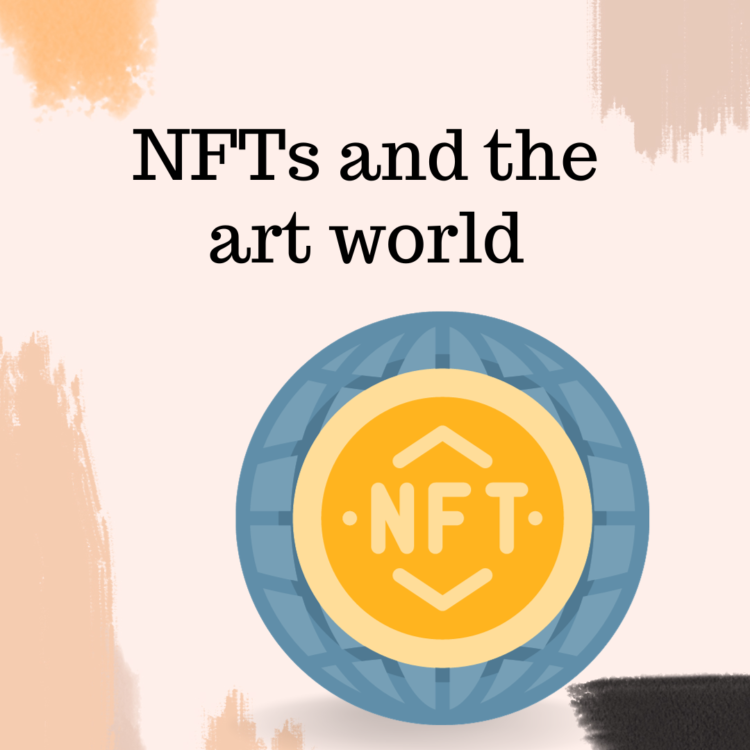The intersection of technology and art has given rise to a groundbreaking phenomenon in recent years—Non-Fungible Tokens (NFTs). NFTs have disrupted traditional art markets, providing artists with new avenues for creation, ownership, and monetization. In this blog, we will delve into the world of NFTs, exploring their implications for artists, collectors, and the art community at large.
Demystifying NFTs:
Non-Fungible Tokens are unique digital assets that represent ownership or proof of authenticity for a specific item, often digital art. Unlike cryptocurrencies such as Bitcoin or Ethereum, NFTs are indivisible and cannot be exchanged on a one-to-one basis. Each token is distinct, carrying information about its origin, ownership, and characteristics.
Digital Art in the NFT Realm:
NFTs have unleashed a new era for digital artists. With blockchain technology, creators can tokenize their digital works, establishing verifiable ownership and provenance. This shift has democratized the art world, allowing digital artists to gain recognition and compensation for their work in ways previously unimaginable.
Smart Contracts and Royalties:
One of the revolutionary aspects of NFTs is the integration of smart contracts. These self-executing contracts embedded in the blockchain enable artists to receive a percentage of the resale value each time their work is sold. This innovation ensures ongoing support for artists as the value of their work appreciates over time.
Accessibility and Inclusivity:
NFTs have dismantled geographical barriers in the art world. Artists from around the globe can showcase and sell their work to a global audience without relying on traditional art institutions or galleries. This increased accessibility fosters a more inclusive and diverse artistic landscape.
Challenges of Environmental Concerns:
While NFTs present exciting opportunities, they also face challenges, notably in terms of environmental impact. The energy consumption associated with blockchain transactions, particularly in Proof-of-Work systems, has raised concerns about the carbon footprint of NFTs. Artists and platforms are exploring more sustainable alternatives, such as Proof-of-Stake blockchains.
The Rise of Virtual Galleries and Museums:
NFTs have given birth to virtual galleries and museums where digital art can be exhibited and experienced in a decentralized online space. These digital platforms redefine the traditional gallery experience, allowing users to explore, collect, and interact with art in immersive virtual environments.
The Collector's Perspective:
NFTs have transformed the way collectors engage with and own art. Collectors can secure a unique piece of digital art, complete with provenance and ownership details. The digital nature of NFTs also enables easy sharing and display in virtual and augmented reality spaces.
Navigating the Future of NFTs in Art:
As NFTs continue to reshape the art world, questions about their long-term impact and sustainability persist. Artists, collectors, and platforms are collaboratively exploring solutions to address challenges, from environmental concerns to issues of inclusivity and fair compensation.
Conclusion:
NFTs have ushered in a transformative era in the art world, providing artists with unprecedented opportunities for recognition, ownership, and financial support. While challenges and debates persist, the underlying shift towards decentralized and digital art ecosystems is undeniably redefining the way we create, experience, and value art. As the NFT landscape continues to evolve, it remains a fascinating space to watch, offering a glimpse into the future of artistic expression and ownership.










No Comments
Leave Comment